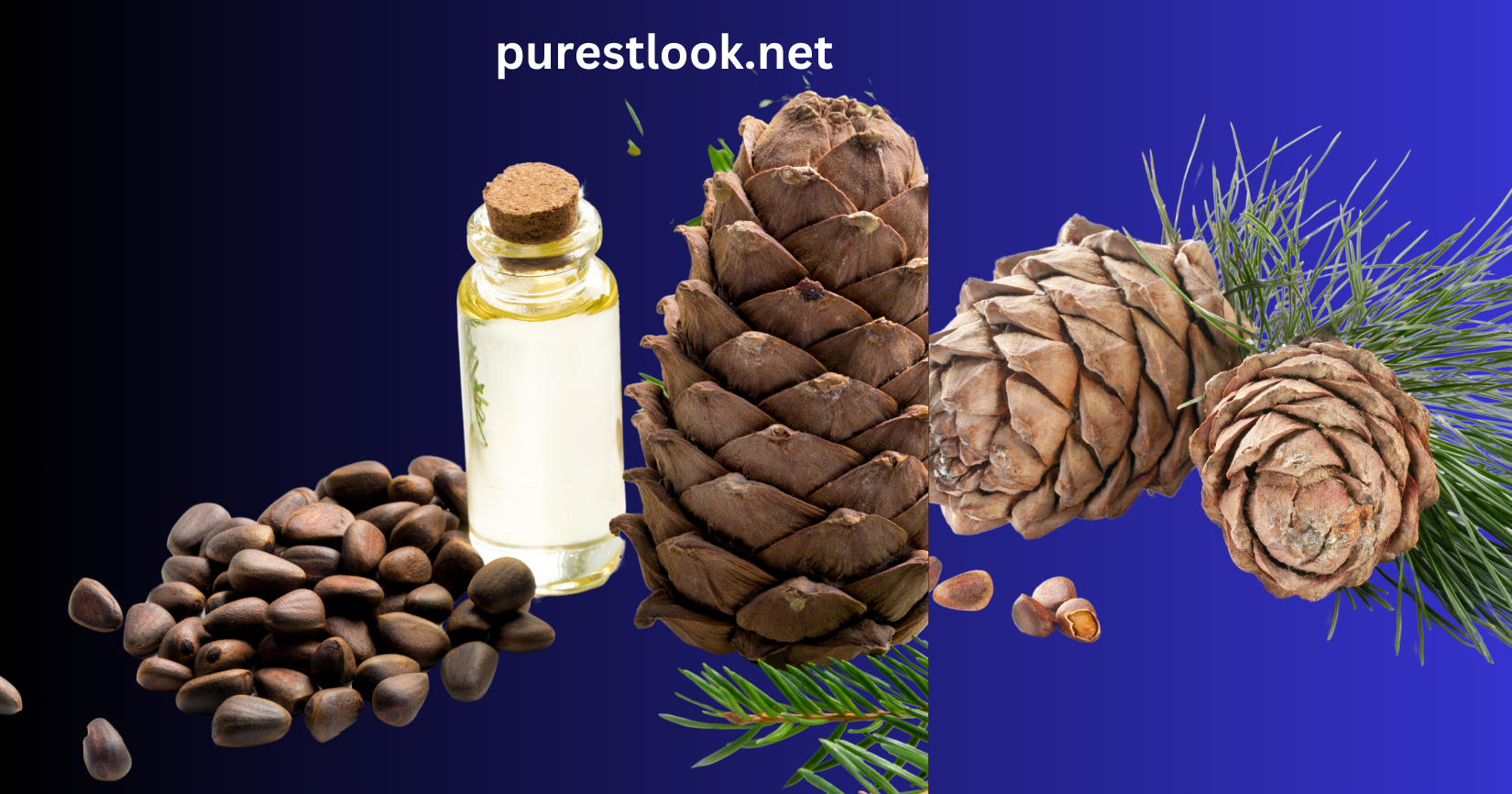Cedar cones are fascinating elements of nature, often admired for their beauty and unique characteristics. But what do cedar cones look like? This guide will take you through their appearance, types, growth patterns, and much more to help you identify and appreciate cedar cones.
Understanding Cedar Cones
What Are Cedar Cones?
Cedar cones are the seed-producing structures of cedar trees. These trees belong to the genus Cedrus and are known for their evergreen foliage and aromatic wood. Cedar cones play a vital role in the tree’s reproduction.
Appearance of Cedar Cones
Cedar cones have a distinctive look. They are usually barrel-shaped or oval and grow upright on branches. Unlike other cones that hang, cedar cones stand out due to their vertical growth.
Colors of Cedar Cones
The color of cedar cones can vary based on their maturity. Young cones are green and gradually turn brown as they mature.
Sizes of Cedar Cones
Most cedar cones range from 3 to 5 inches in length, but this can vary depending on the cedar species.
Types of Cedar Cones
Atlas Cedar Cones
These cones are small, round, and often covered in a resinous coating.
Deodar Cedar Cones
Known for their large and barrel-shaped appearance, these cones are distinct in their size and texture.
Lebanon Cedar Cones
These cones have a smooth surface and are smaller compared to the Deodar cedar cones.
Cyprus Cedar Cones
These are smaller in size and often have a rough texture.
The Lifecycle of Cedar Cones
Formation of Cedar Cones
Cedar cones form during the spring season and take one to two years to mature fully.
Seed Release
Once matured, the cone’s scales open up to release seeds, which are dispersed by wind or animals.
Falling to the Ground
After seed release, the cone falls to the ground, completing its lifecycle.
Differences Between Male and Female Cedar Cones
Male cones produce pollen and are generally smaller, while female cones are larger and responsible for seed production.
Uses of Cedar Cones
Environmental Importance
Cedar cones contribute to forest ecosystems by providing food for birds and small animals.
Decorative Uses
Dried cedar cones are often used in crafts, floral arrangements, and home decor.
Aromatic Benefits
The natural scent of cedar cones is used in potpourri and essential oil production.
Table: Comparison of Cedar Cones by Species
| Species | Shape | Size (inches) | Maturity Color | Uses |
|---|---|---|---|---|
| Atlas Cedar | Round | 3-4 | Brown | Decorative |
| Deodar Cedar | Barrel-shaped | 4-5 | Brown | Aromatic, Craft |
| Lebanon Cedar | Smooth oval | 3-4 | Brown | Ecosystem Support |
| Cyprus Cedar | Rough | 2-3 | Brown | Wildlife Feeding |
Conclusion
Cedar cones are a remarkable part of cedar trees, offering beauty, functionality, and ecological value. Recognizing their shape, size, and uses can enhance your appreciation for these natural wonders. Whether you’re exploring their role in nature or incorporating them into crafts, cedar cones are both versatile and fascinating.
FAQs
How can you identify cedar cones?
Cedar cones are upright, barrel-shaped, and usually brown when mature. Their unique growth pattern helps distinguish them from other cones.
Where do cedar cones grow?
Cedar cones grow on cedar trees, typically on the upper branches, standing vertically instead of hanging.
What is the size of a typical cedar cone?
Cedar cones are generally 3 to 5 inches in length, depending on the species.
Are cedar cones edible?
While cedar cones are not toxic, they are not typically consumed by humans. They are more commonly used for decoration and crafting.
Why do cedar cones stand upright?
Cedar cones grow upright due to their unique structure, which allows seeds to be dispersed efficiently by wind.
